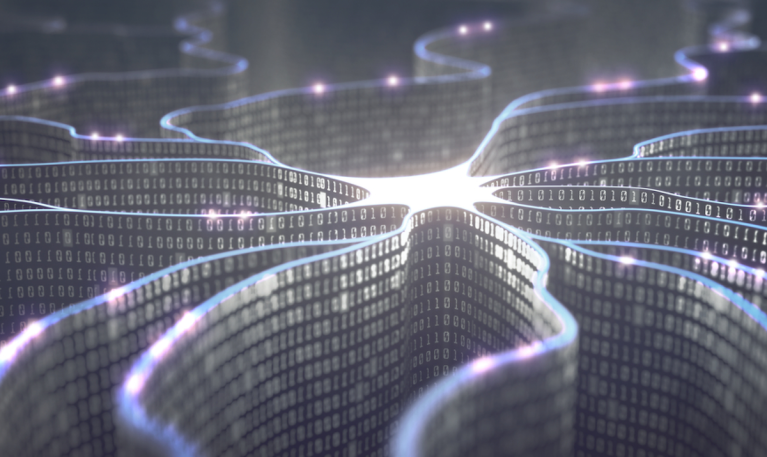A startup has built artificial intelligence systems that can reportedly match current capabilities while using fewer neurons, potentially slashing the massive computing costs that have kept many businesses from deploying AI.
The “liquid neural networks” developed by MIT spinoff Liquid AI require only dozens of neurons to guide drones and vehicles — compared to the millions needed in conventional AI systems. The technology could demonstrate a path to reducing the computing power and energy costs that have kept some businesses from fully adopting AI technology.
“It could democratize AI adoption by making AI technologies more accessible and affordable to businesses across various industries,” Jesal Gadhia, head of engineering at AI company Thoughtful, told PYMNTS. “This affordability would enable even smaller companies to implement AI solutions, leading to widespread innovation, increased efficiency, and reduced energy consumption throughout different sectors. This mirrors the transition we experienced with computing: initially, only select organizations could build and operate mainframes, but now computing is ubiquitous — from our watches to our cars.”
Worm Brains for More Efficient AI
The new approach, developed by MIT researchers and commercialized through Liquid AI, mirrors how microscopic worms process information, using probabilistic calculations and adaptive learning rather than the rigid structures of traditional AI. While conventional systems require millions of artificial neurons, these “liquid neural networks” accomplish complex tasks with just a few dozen.
In testing, a liquid neural network with only 19 neurons successfully guided self-driving cars, focusing on relevant details like road edges and the horizon rather than getting distracted by surrounding scenery. The system maintained performance even in unfamiliar environments, demonstrating unprecedented adaptability for such a small network.
Neural networks are computational models inspired by the human brain, made up of interconnected nodes, or “neurons,” that process data in layers. They excel at recognizing patterns and relationships in complex datasets, which makes them effective for tasks like image and speech recognition, language processing and predictive analytics in AI applications.
Advertisement: Scroll to Continue
Rogers Jeffrey Leo John, co-founder and CTO of DataChat, a no-code, generative AI platform for analytics, told PYMNTS that, unlike traditional AI that remains fixed after training, these adaptive neural networks can keep learning while deployed — addressing a key limitation of current systems that rely on static training data. This capability means AI systems can adjust to new situations in real time rather than becoming outdated as conditions change.
“As business needs and real-world conditions evolve, the traditional method of retraining AI systems becomes costly and time-consuming,” he said. “In contrast, these adaptive neural networks can efficiently and cost-effectively adjust to changing business assumptions and requirements, enabling real-time responsiveness to market dynamics, customer preferences, and operational shifts.”
Continuous Learning
John said the ability to learn continuously can lead to lower maintenance costs for AI systems by minimizing the need for offline retraining and model updates. Organizations would rely less on data scientists for ongoing model tuning, resulting in more sustainable and longer-lasting AI solutions that do not quickly become obsolete.
“Furthermore, businesses can provide highly personalized experiences to customers as AI systems learn individual user preferences and behaviors over time,” he said. “This capability allows for tailored product recommendations, customized content delivery and personalized user interfaces. By maintaining the relevance and effectiveness of their AI systems without frequent manual retraining, companies can enhance customer satisfaction and engagement, ultimately driving better business outcomes.”
If the Liquid AI approach proves effective, neural networks that keep learning after deployment could enable businesses to have computing models that adapt in real time to new data and changing conditions, Gadhia said.
“This continuous learning enhances the accuracy and relevance of AI applications, providing competitive advantages through improved decision-making, personalization and responsiveness,” he said.




